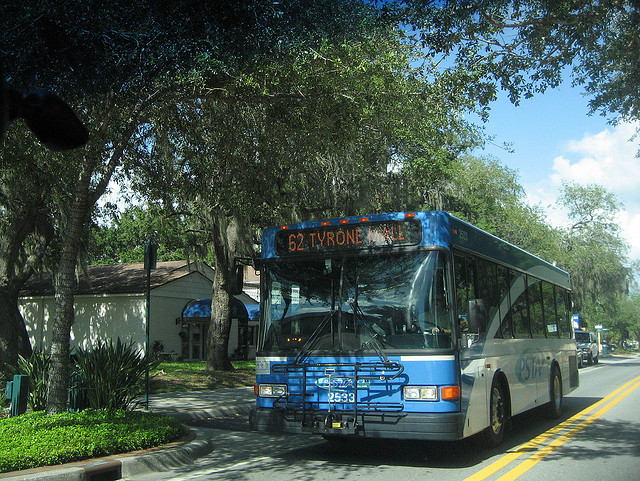Although the Antiplanner likes to keep up with the latest technologies, I’ve hesitated to use Twitter. As someone who finds it easier to write a 5,000-word policy paper than a 500-word op ed, the 140-character limit for tweets is painful to think about. But, in case you haven’t heard, I started tweeting last week under the name, of course, of @antiplanner.
So I received a tweet yesterday from the Antiplanner’s loyal opponent, Michael Setty, saying, “We improve the lives of Americans the less we force them to drive.” (Followed by, “And robocars won’t save us,” but I’ll focus on his first tweet here.)
Setty is paraphrasing Minnesota planner Charles Marohn who argues that transportation planners need to change the emphasis from increasing people’s mobility to reducing the amount we “force them to drive.” This is hardly new: the notion that some mysterious conspiracy has forced Americans to drive has underlain a lot of urban planning for the past several decades. It is pure baloney.








